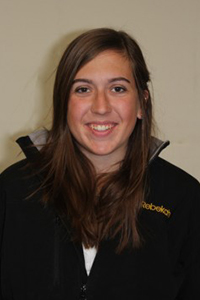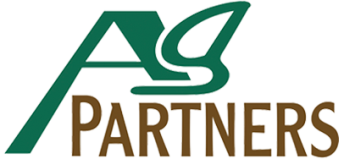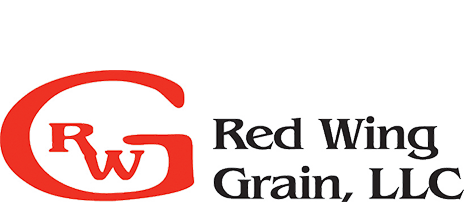
by Rebekah Mathews
It is well accepted that herd replacement heifers are one of a dairy’s largest expenses. On farm experience has taught us that many farms are pushed to try to raise heifers as inexpensively as possible – and the result often overcrowds heifer facilities and strains labor – often to the detriment of the heifer’s performance.
• Overcrowding leads to potential hoof (reverse corkscrew) and comfort problems
• Crowded bunks lead to negative social behavior and feed competition exaggerating growth variation and potential nutritional issues
• Labor issues results in a myriad of potential issues such as missed heats, higher age at first calving, missed potential heifer problems, etc.
• Too many herd replacements may end up costing the farm money as the average heifer raised on farm is approximately $2.77/day from birth to freshening (UW Extension – 2017). For 24 months, this is a cost of ~$2,000. Could you sell a springing heifer for that amount? If not, each surplus heifer costs the farm money.
Of current interest is balancing how to use sexed semen on the top cows and heifers to advance the herd genetics, while maximizing conventional and beef semen on the lower end animals. Farms constantly are questioning how to do this – how many straws of sexed semen do I use on heifers? On 2nd lactation cows? How about 3rd + lactation cows? Where is the cost/benefit balance of the cost of sexed semen vs. beef semen, and the value selling a crossed calf could give me – both in the cash I would receive from that calf, as well as the benefit of saving the feed cost?
Luckily for us, the Department of Dairy Science, UW has a simple calculator you can download and use in Excel to answer all these questions. A bit beyond “napkin-math”, this tool allows you to enter semen costs, how you would like to breed each group of animals, current pregnancy and conception rate, and more. In the graphic below, an example 1,000 cow dairy can enter in how they would potential breed the herd and see if it would result in enough heifer calves – the cell towards the bottom is highlight in green – they will have 328 female calvings and require 322 with their current requirements. Anyone can play with the prices, percentages, and potential ways to used sexed, conventional, and beef semen and see what kind of net return they might have. This tool, along with others, can be found under the Reproduction Section, called “Premium Beef on Dairy Program” at: http://dairymgt.info/tools.php
An online version can be found at: http://dairymgt.info/tools/acc_gen/index.php

http://www.wisconsinagriculturist.com/dairy/uw-extension-update-dairy-replacement-raising-costs-2017


